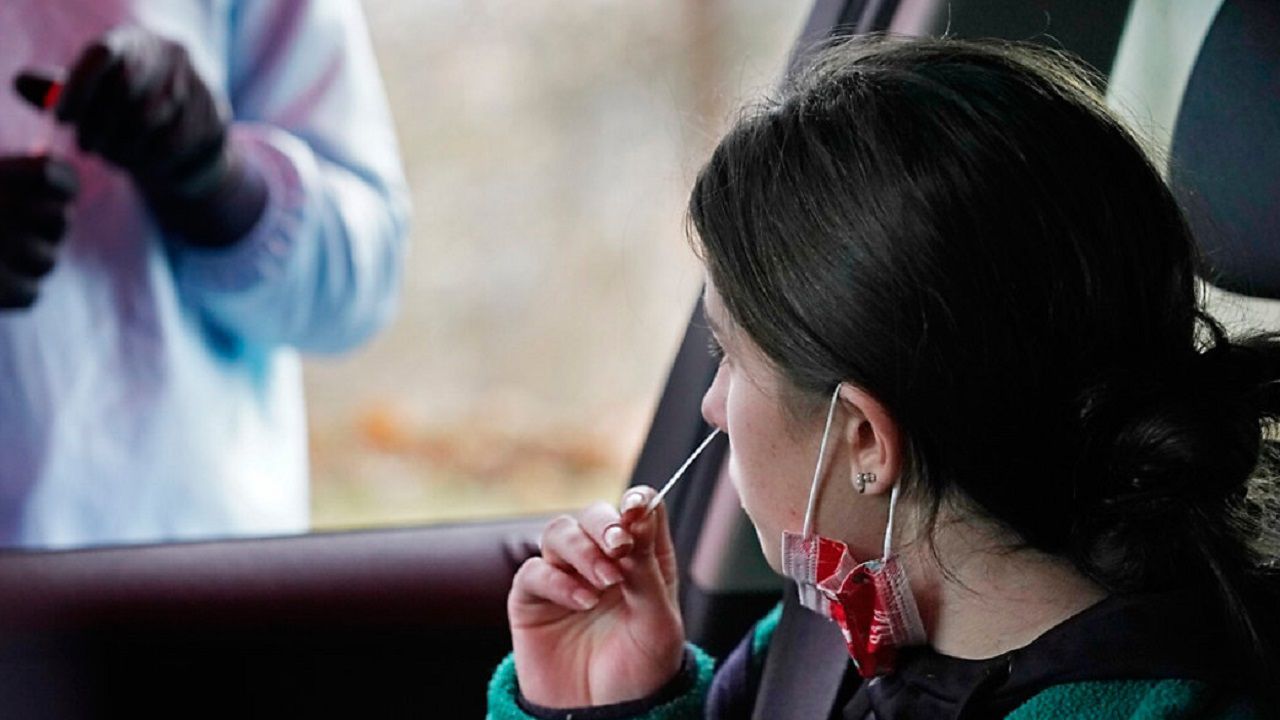The Centers for Disease Control and Prevention updated guidance on the isolation period Tuesday, which is still five days, but is now adding a testing contingent following pushback from outside medical experts.
The agency says if you have access to a COVID test and want to use it, take it at the end of the isolation period. If positive, isolate until 10 days after symptoms started.
At the state level, Governor Ron DeSantis, at the suggestion of Florida Surgeon General Dr. Joseph Ladapo, says if you have no symptoms — don’t test at all.
“If you have no symptoms, please don’t get tested,” DeSantis said Tuesday. “You are so unlikely to benefit from it and you could be hurt. You’ve seen how children have been kept from school because they’ve been exposed. They’ve gotta stay home from school for some period of time. Disrupt mom’s schedule, disrupt dad’s schedule and all that jazz and disrupt their education.”
In less than a week, Orange County has seen its COVID positivity rate more than double from 14.6% to 30.27%. That’s basically one in every 3 people you see.
Florida Department of Health in Orange County Epidemiologist Alvina Chu says with numbers surging, testing is still highly recommended.
“If you know you are exposed. it would be recommended that you go get a test to identify if after this known exposure if you have developed an infection,” Chu says.
Dr. Anthony Harris, a medical director for HFit Health, explains the importance of testing even if symptoms are minimal, or someone was a close contact.
“Trying to prevent asymptomatic individuals from infecting not just others, but particularly vulnerable individuals,” Dr. Harris explains. “Those that may have poor outcomes from COVID.”
As to the two different recommendations by the CDC and the state’s surgeon general, Chu says more testing gives families and people more information to make an informed decision on how to go about their everyday lives.
“You can appropriately apply good precautions and good isolation,” Chu says. “Practice isolation if you are sick. You don’t necessarily need to have a test to practice good pandemic precautions. If you are sick, stay at home.”
Medical experts say the majority of those fully vaccinated are seeing mild symptoms which may resemble a common cold, but, there remains a major concern to why testing does matter.
“If you give me COVID at work and I go home and give it to my 90-year-old grandmother, that may be a bad outcome,” Harris says. “It could be fatal for her; if that was a cold, far less likely.
The only way to be sure is by a test.
One big hurdle to overcoming the spread of the virus is identifying those who are asymptomatic. According to Harris, it’s best to be proactive and not reactive with the ongoing pandemic.
“We can do our best to mitigate risk of asymptomatic transmission by, again, preemptive testing,” Harris suggests. “Knowing that you have been exposed — test. If you are planning to have a gathering, where people will be unmasked indoors, it is prudent to test.”



